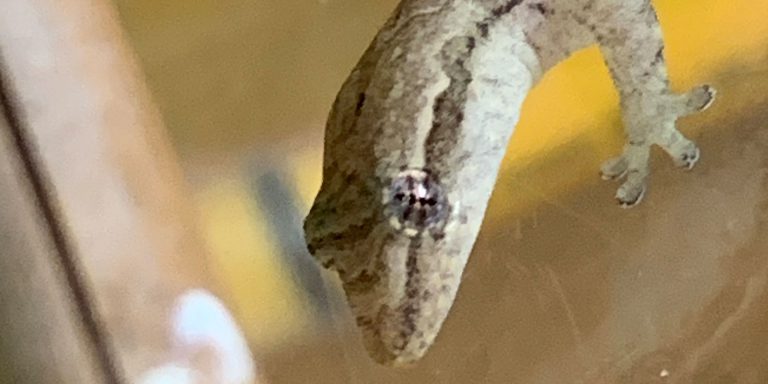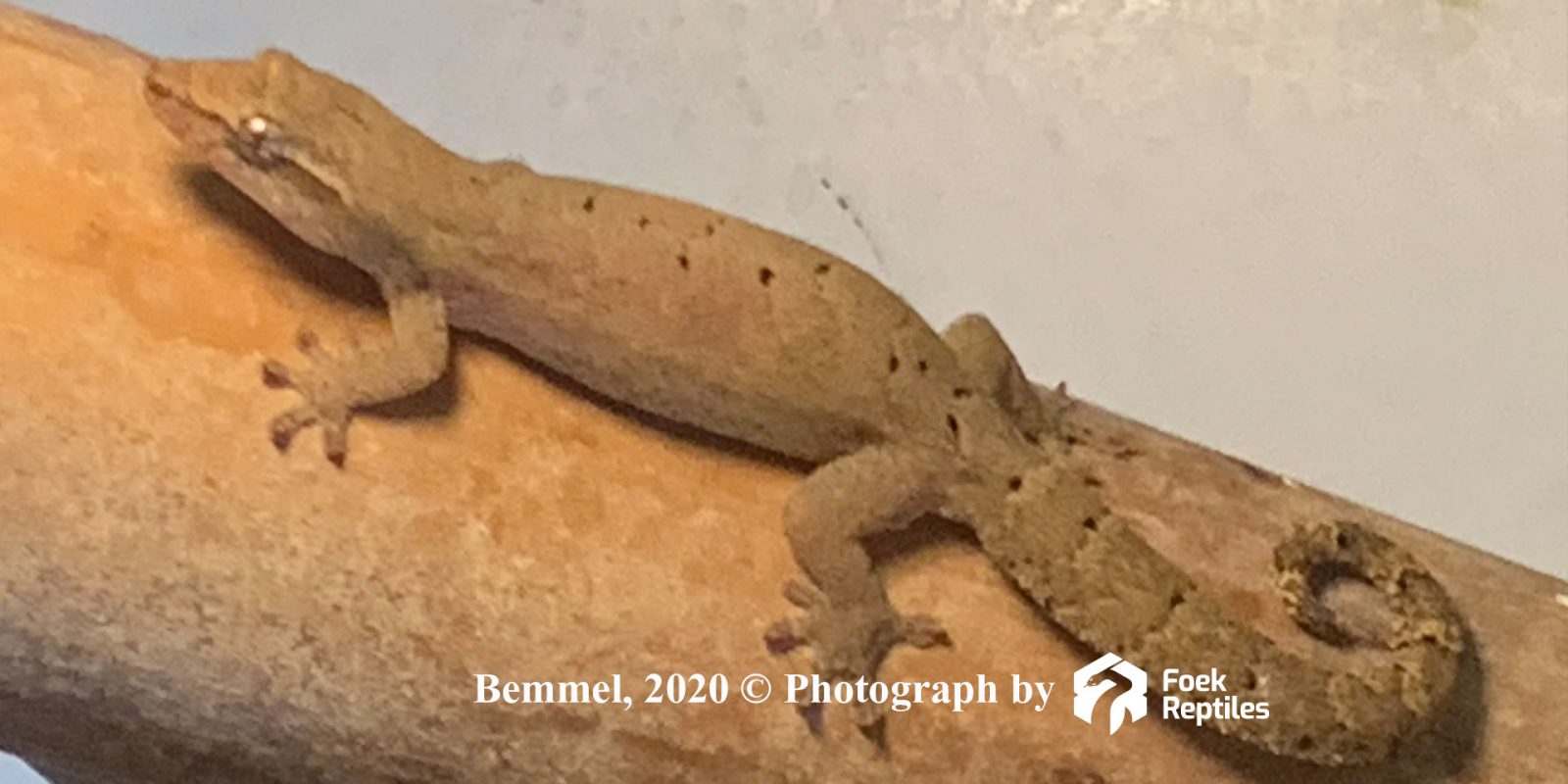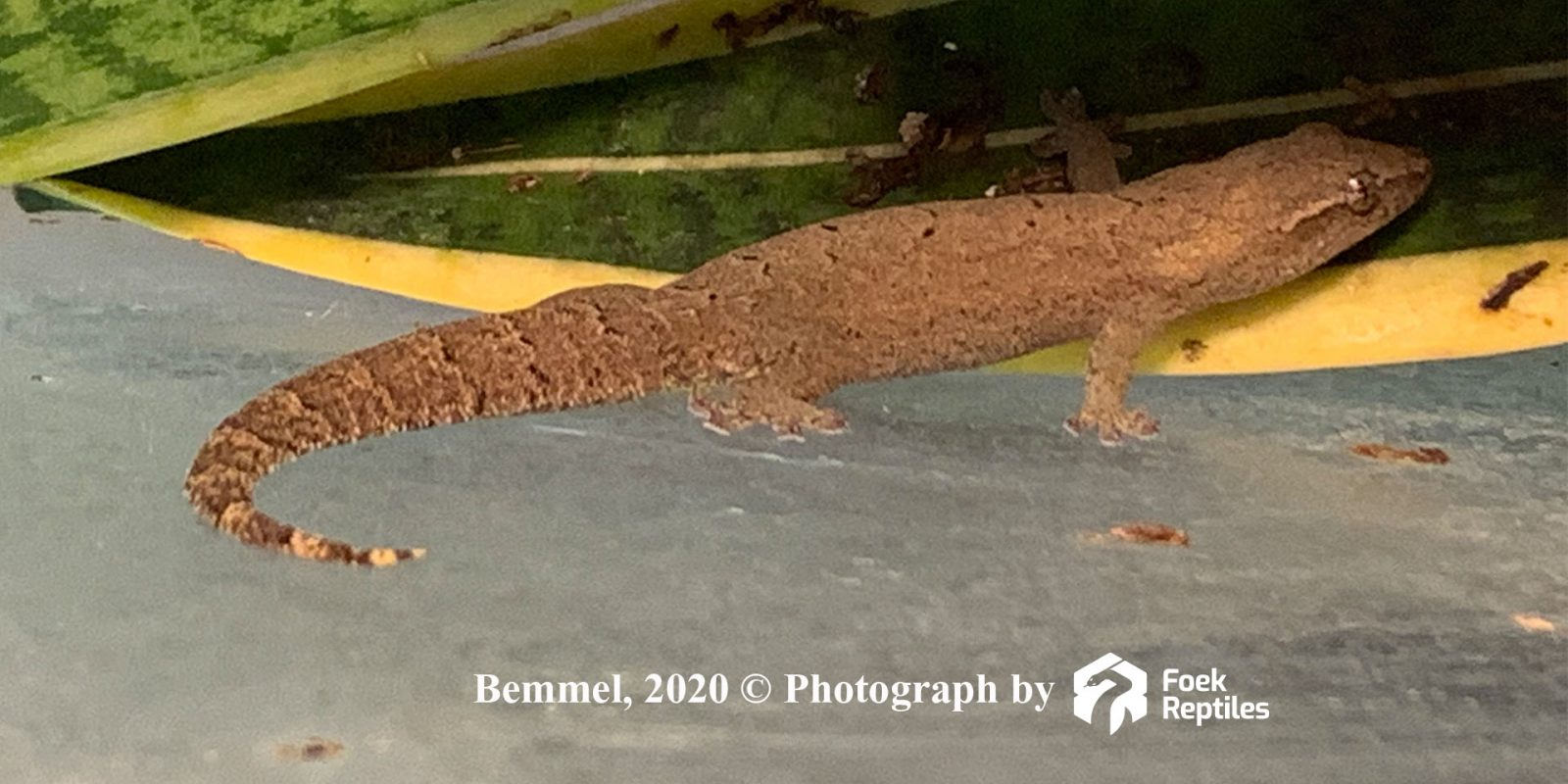Lepidodactylus lugubris English name: Mourning Gecko

Caresheet
Caresheet
This species is widespread in coastal regions of the Indian and Pacific oceans, including the Maldives, Sri Lanka, India, Myanmar, Malaysia, Hawai’i, Vietnam, Thailand, Cambodia, Japan, Taiwan, China, Indonesia, Singapore, Philippines, Papua New Guinea, Fiji, Australia (Cocos Island), Western Samoa, Guam, the Society Islands, Pitcairn, and the Mascarene Islands.
It has been introduced widely in the Neotropics, including in Mexico, Brazil, Guatemala, Honduras, El Salvador, Nicaragua, Costa Rica, Panama, Ecuador (including the Galapagos), Colombia and Chile, as well as to the Seychelles in the Indian Ocean.
Like many of its family, it is cryptically coloured, typically light to dark tan with dark spots down the length of its back and a brown strip from the ear to the tip of the nose. Mourning geckos are capable of firing up/down to change their color, and so the same individual may appear light or dark at different times during the day.
Mourning geckos are cathemeral,[1] and can be heard and observed chirping at and chasing one another at virtually any time of day or night.
This species is notable because it is parthenogenic, which means that males are not necessary for reproduction. As such, while males do exist, they are very rare and often sterile. Females lay 1-2 eggs at a time, and glue them to surfaces in protected locations. Clutches are laid every 4-6 weeks.
Average size 8,5 – 10 cm.
The Mourning gecko don’t falls under CITES and free to trade.
Information will follow.
Information will follow.
Information will follow.
Information will follow.
Information will follow.
Information will follow.
Information will follow.
Information will follow.
Collection
Lepidodactylus lugubris Collection



